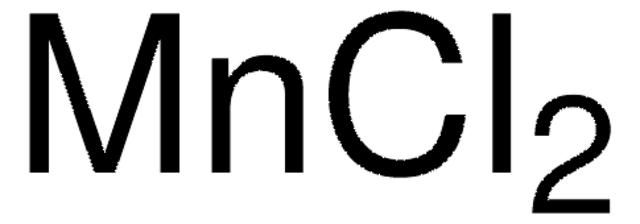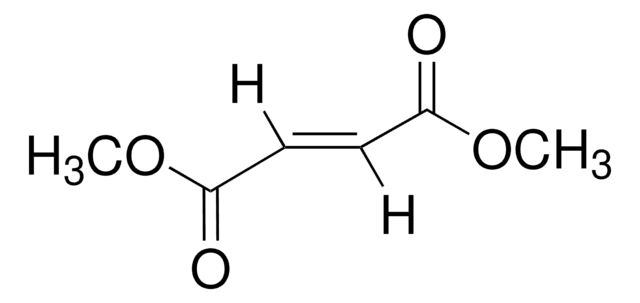L0669
Monoclonal Anti-Leukemia Inhibitory Factor antibody produced in mouse
clone 9824, purified immunoglobulin, lyophilized powder
Synonym(s):
Anti-CDF, Anti-Cholinergic differentiation factor, Anti-HILDA, Anti-LIF
About This Item
IHC
Neutral
WB
immunohistochemistry: 25 μg/mL
neutralization: suitable
western blot: 1-2 μg/mL
Recommended Products
biological source
mouse
Quality Level
conjugate
unconjugated
antibody form
purified immunoglobulin
antibody product type
primary antibodies
clone
9824, monoclonal
form
lyophilized powder
species reactivity
human
technique(s)
capture ELISA: 2-4 μg/mL
immunohistochemistry: 25 μg/mL
neutralization: suitable
western blot: 1-2 μg/mL
UniProt accession no.
storage temp.
−20°C
Gene Information
human ... LIF(3976)
Looking for similar products? Visit Product Comparison Guide
Immunogen
Biochem/physiol Actions
Physical form
Disclaimer
Not finding the right product?
Try our Product Selector Tool.
related product
Storage Class Code
13 - Non Combustible Solids
WGK
WGK 1
Flash Point(F)
Not applicable
Flash Point(C)
Not applicable
Personal Protective Equipment
Choose from one of the most recent versions:
Certificates of Analysis (COA)
Don't see the Right Version?
If you require a particular version, you can look up a specific certificate by the Lot or Batch number.
Already Own This Product?
Find documentation for the products that you have recently purchased in the Document Library.
Our team of scientists has experience in all areas of research including Life Science, Material Science, Chemical Synthesis, Chromatography, Analytical and many others.
Contact Technical Service






